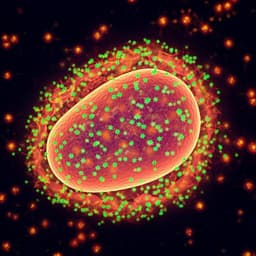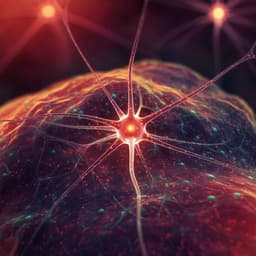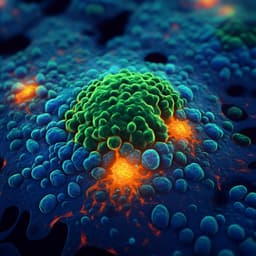
Medicine and Health
Longitudinal single-cell profiling of chemotherapy response in acute myeloid leukemia
M. M. Naldini, G. Casirati, et al.
Discover groundbreaking research into acute myeloid leukemia (AML) that identifies leukemia stem cells (LSCs) using innovative techniques like single-cell RNA sequencing. This study reveals insights into chemotherapy responses and their implications for patient survival, conducted by a team of expert researchers including Matteo Maria Naldini and Gabriele Casirati.
~3 min • Beginner • English
Related Publications
Explore these studies to deepen your understanding of the subject.







